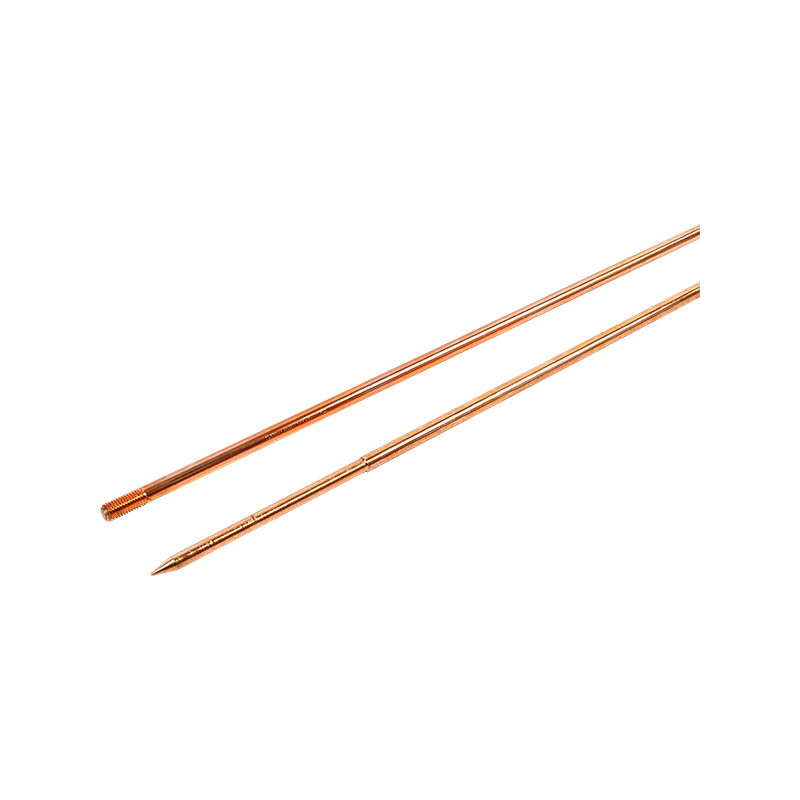
How to Select Earthing Rods
Whenever you need to install an earthing system for a facility, it is essential to select the right earthing rods. These are used for the purpose of grounding and lightning protection. These can be of different types. These include copper, steel, stainless steel and aluminum. Among them, low carbon steel and copper-bonded steel are the cheapest options. But they are not ideal for deep driving into the ground.
Those who want to install the earthing system in their premises should also consider the use of copper couplers to join multiple rods together. These devices are made from highly conductive copper.
When the metal is in direct contact with the earth, it is highly prone to corrosion. Hence, it is important to use corrosion-resistant earth rods. These are also capable of concealing themselves in the ground for a long time.
In order to make sure that the earthing system is effective, it is important to conduct soil resistivity tests. These tests should be carried out prior to the installation of the earthing system. The resistivity of the soil will increase as the humidity level decreases. The resistance value of the soil is also dependent on the number of rods that are installed. The length of the earth rods also plays a significant role. Increasing the number of rods increases the depth of the soil and reaches more conductive layers.
In order to minimize the risk of corrosion, the earthing rods are plated with tin. The coating prevents the rod from oxidation and increases its shelf life. The tin-plated seamless copper tube is manufactured in accordance with IS 1997.
Alternatively, a copper-clad steel earth rod is also available. These are less expensive than the solid copper rods. But, they are not as durable as solid copper. This type of earthing rod is best for low-soil resistivity ground conditions.
For the installation of an earthing system, the most efficient electrode is the vertically driven earth rod. These rods can penetrate low soil resistivity ground conditions. This type of earth rod is ideal for smaller substations. The vertically driven earth rods are also space-efficient.
The earthing rod can be installed into the ground in a variety of ways. It is often used in overhead networks, underground networks and lightning protection. Normally, these are arranged in a crow's foot pattern. Alternatively, they can also be installed in a line pattern. These are also available in many sizes.
There are also rods that are designed for a longer life. These are made of extremely strong low carbon steel and are dip-galvanized. They can be transported over long distances. These are also the cheapest type of earth rods. However, they have limited corrosion resistance.


The Copper Bonded Steel Grounding Rod Is Made With The Pioneered Nano-Alkaline Pre-Plating Technology In China. Constructing A New Nano-Scale Particle Deposition Model Between Copper And Steel. Metal Deposition Forms A Nano-Sized Alkaline Copper Particle Crystal Coating Structure. The Plating Layer Is Good Compactness And High Activation Surface, Which Greatly Enhances The Affinity Between The Coating Layers And Achieves The Best Combination Of Product Bonding Strength. The Finished Product Has Excellent Mechanical Strength, Ductility And Corrosion Resistance. It Has The Characteristics Of Copper Layer Thickness (0.25 Mm Or More), Good Adhesion, No Peeling (Rolled Thread). It Has The Advantages Of High Tensile Strength (Up To 600 N Per Square Millimeter), High Corrosion Resistance (Guaranteed Service Life Of More Than 50 Years), Constant Low Resistance And Good Plasticity, And Has The Same Performance As Copper. Both Have Steel Properties.
The Copper Bonded Ground Rods Are Highly Protective, Whether They Are Naturally Corroded Or Electrochemically Reacted. The Grounding Rod And Grounding Wire Are Soldered By The Exothermic Welding Technology, So That The Grounding Device Is Completely Under The Protection Of Copper And Becomes A True Maintenance-Free Grounding Device.
The Ground Rod Is Equipped With Coaxial Connectors, Drive Heads And Drill Bits. According To Different Geological And Use Requirements, The Length Of The Cast Copper Ground Rod Can Be Arbitrarily Increased By Connecting With Brass Coaxial Connectors (Connection Bolts). The End Of The Item Is Connected By A Drive Head (Connection Bolt) For Use When The Rod Is Deep. The Ends Are Connected By Special Drill Bits (Connecting Bolts) To Make The Rod Deeper.

 English
English 简体中文
简体中文











